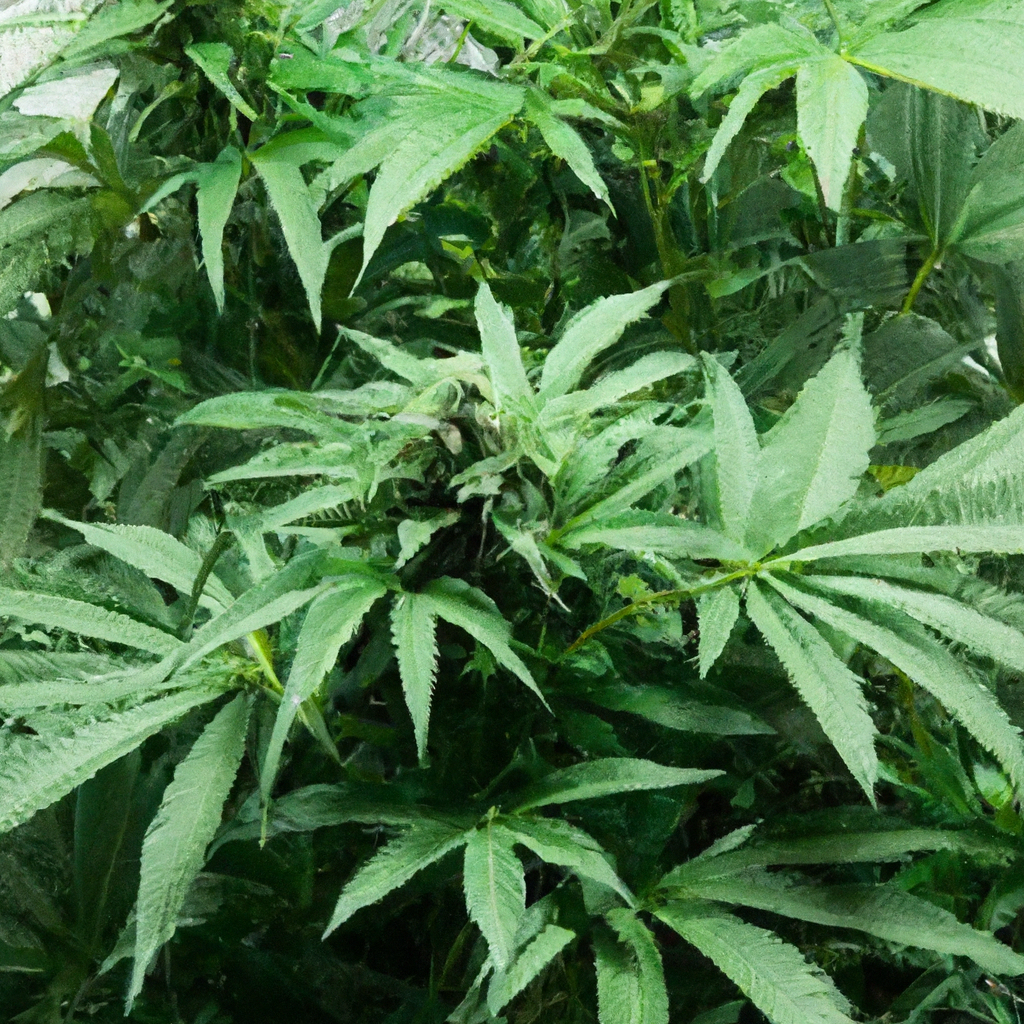Your cart is currently empty!
In the world of cannabis cultivation, canopy management is a crucial skill that can significantly impact your plants’ health and yield. By optimizing the way light reaches your plants, you can ensure they receive the necessary energy, enhance air circulation, and prevent mold and mildew. Let’s delve into some advanced techniques that can elevate your cannabis canopy management.
Understanding the Importance of Canopy Management
The canopy of your cannabis plants plays a vital role in photosynthesis, which is the process of converting light into energy. A well-managed canopy allows for maximum light penetration, which is essential for robust growth and high yields. Canopy management also reduces the risk of pests and diseases by increasing airflow around the plants.
Top Techniques for Effective Canopy Management
- Topping: This technique involves cutting the main stem just above a node to encourage the plant to grow two new main stems. This not only helps in limiting the height of your plants but also creates a bushier canopy, enhancing light distribution.
- Low-Stress Training (LST): Gently bend and tie down branches to keep the plant short and allow light to penetrate lower leaves, resulting in a more even canopy. This method is beneficial for maximizing space in small grow areas.
- Screen of Green (SCROG): Use a screen to train plants horizontally, forcing them to spread out and form an even layer. This technique is perfect for maximizing light exposure and achieving uniform plant growth.
- Cropping: This involves pinching and gently bending the stems to change the direction of growth without damaging the plant’s structure. Cropping can improve light exposure and airflow within the canopy.
Solving Common Challenges in Canopy Management
While canopy management is an effective technique, it does come with its challenges. Here are some common issues growers face and how to overcome them:
- Uneven Canopy: Uneven growth can lead to wasted light and resources. Ensure you consistently rotate plants and adjust training techniques to maintain an even height across your canopy.
- Overcrowding: A dense canopy can limit airflow and increase the risk of pests. Regularly trim lower branches and excess foliage to improve air circulation and reduce the likelihood of mold and mildew.
- Growth Stagnation: If you notice sluggish growth, it could be due to insufficient light penetration. Adjust your training strategies to ensure all parts of the plants receive adequate light exposure.
Conclusion
Mastering canopy management can transform your cannabis cultivation experience, leading to healthier plants and higher yields. By implementing techniques like topping, LST, SCROG, and cropping, you can optimize light distribution and airflow across your grow space. Remember, consistent monitoring and adjustment are key to overcoming challenges and ensuring a productive cannabis canopy.
Discover more from Magic Clones
Subscribe to get the latest posts sent to your email.


Leave a Reply